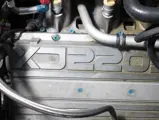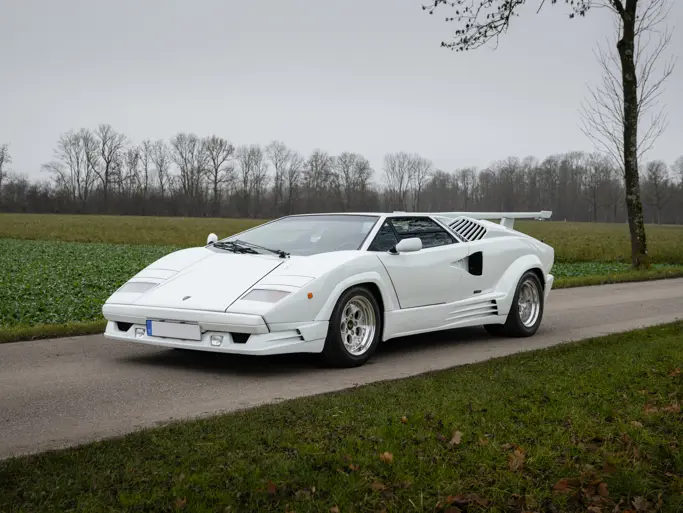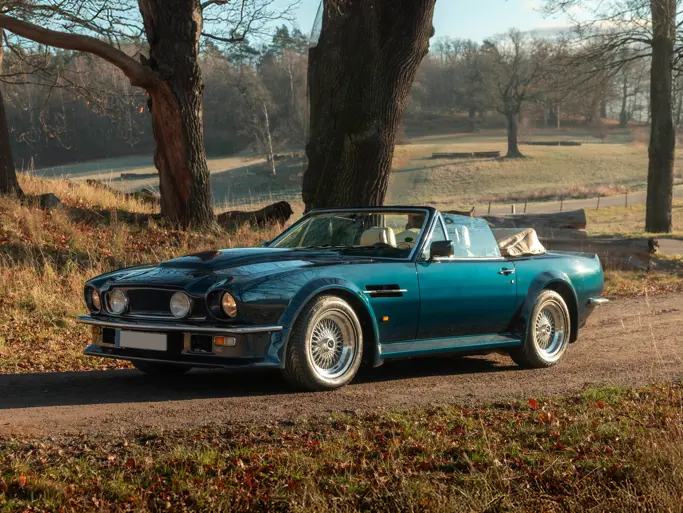542 bhp, 3,498 cc DOHC twin-turbocharged V-6 engine with Zytek fuel injection, five-speed manual gearbox, independent front and rear double-wishbone suspension with coil springs, and four-wheel disc brakes. Wheelbase: 2,640 mm
When the XJ220 prototype was first shown at the 1988 Birmingham Motor Show, it proved that Jaguar could still design, engineer, and produce the world’s best performing and most attractive cars. As the XJ220 featured truly breath-taking styling, coupled with a superior level of luxury when compared to other supercars of the time, it is easy to see why Jaguar received massive interest in the car from customers around the world.
Whilst Jaguar originally intended to fit the XJ220 with a naturally aspirated V-12 that had been developed by Tom Walkinshaw Racing, the production variants were actually fitted with a twin-turbo V-6, which still proved to provide incredible performance, as it had been a successful powerplant for XJR-10 and XJR-11 racing cars. It also had a wheelbase that was eight inches shorter than the prototype, and it was capable of producing 542 horsepower and 475 foot-pounds of torque. Its performance was incredible for its time, as it was quicker to 60 mph and faster than both the Ferrari F40 and Lamborghini Diablo, and it held the honour of being the world’s fastest production car until the introduction of the legendary McLaren F1!
This particular 1993 XJ220 was purchased by the current owner several years ago and is finished in a Le Mans Blue exterior over a Smoke Grey interior, which is a subtle colour combination that is truly fitting for a car of this calibre. According to records provided by the Jaguar-Daimler Heritage Trust, it was delivered new on 4 January 1993 to its first owner in Rome. It has clearly been well preserved throughout its entire life, as the odometer shows just over 6,100 kilometres from new.
The XJ220 is truly a remarkable vehicle within Jaguar’s illustrious history. It is the fastest production car that the company has ever produced, and it remains highly desirable to collectors today for its timeless looks and incredible performance. Even though the XJ220 has been out of production for less than 20 years, it has already become quite desirable to Jaguar and modern supercar aficionados alike. This particular XJ220 represents an excellent opportunity to purchase one of the most compelling supercars of the early 1990s, and it is a car that will only see increased desirability in the future.




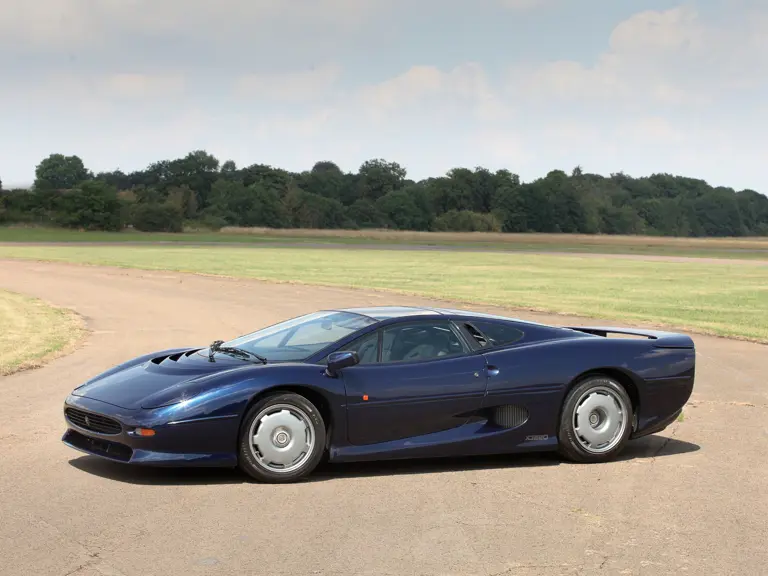
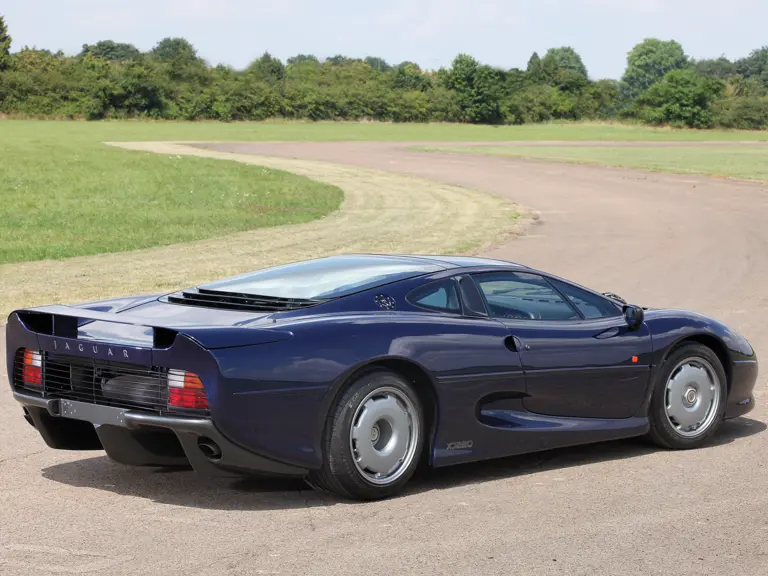



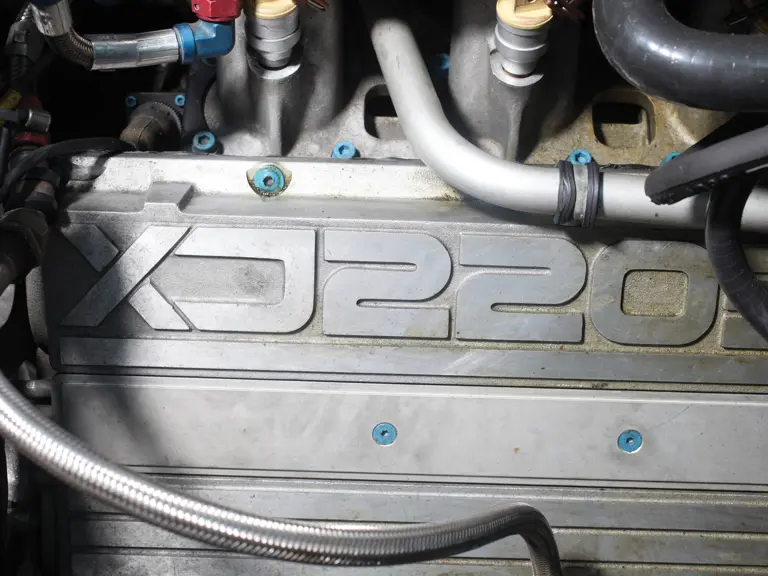

 | London, United Kingdom
| London, United Kingdom

